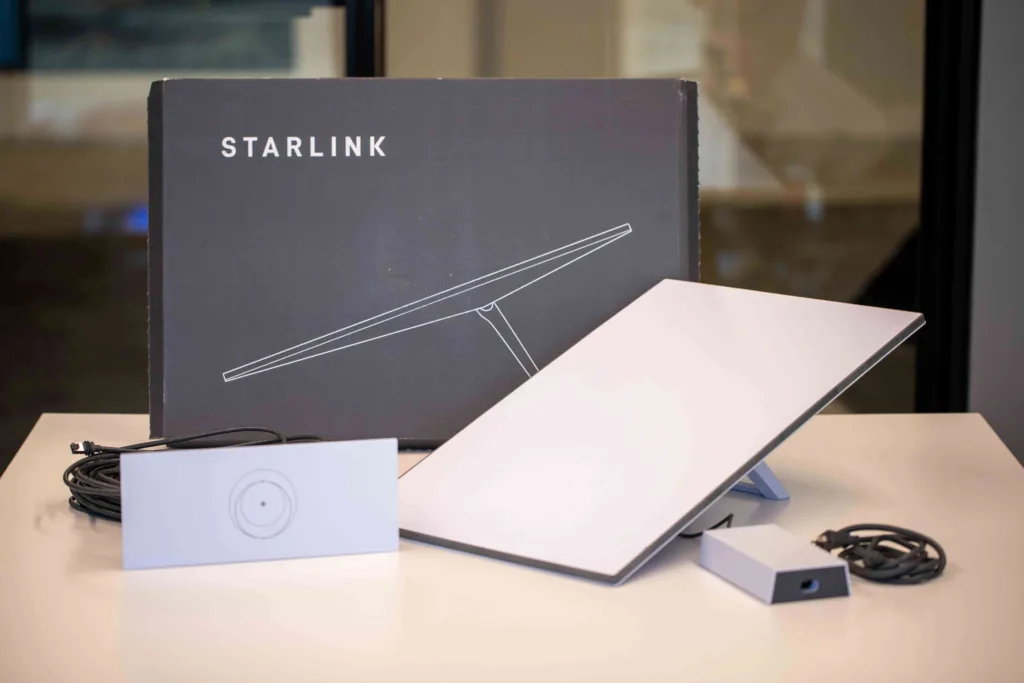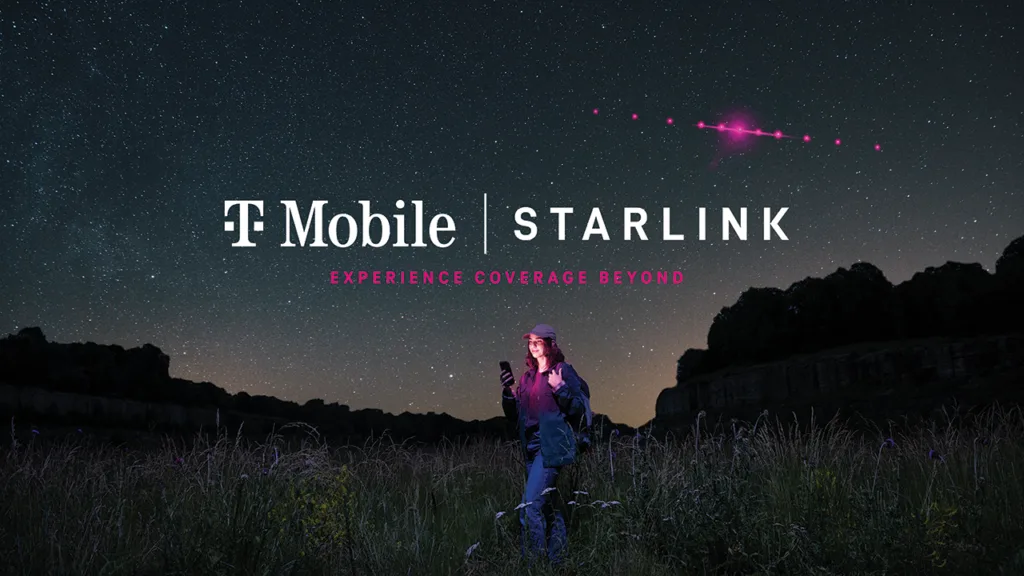Using our database of 1,200+ internet providers, we've pulled a list of the best internet service providers available in your area. Check out all your options, and remember, satellite internet is great—but if you happen to have cable or fiber in your area, we recommended signing up for that.
Internet Providers in Your Area
Other internet providers in your area
Types of Nationwide Internet Service Providers
Satellite
5G Home Internet
4G LTE Home Internet
Fixed Wireless
DSL
Cable
Fiber
Frequently Asked Questions
What satellite internet is available in my area?
HughesNet and Viasat each have 99% satellite internet coverage across the USA, so you’re almost guaranteed to have both satellite providers in your area. If you don’t live in the southeastern US, you might also have Starlink Internet available in your area. Starlink has fast speeds and larger data caps than HughesNet and Viasat, but it has trouble handling its oversold network
How much is T-Mobile Home Internet?
T-Mobile Home Internet costs $40 to $50 a month when bundled with a mobile plan, and you don’t have to worry about a contract or equipment costs either. T-Mobile handles it all for that one month-to-month price.
How much is Hughesnet internet?
Hughesnet satellite internet plans cost $74.99 to $89.99 a month, and Hughesnet Fusion costs $119.99 per month. Hughesnet plans provide download speeds of 50Mbps to 100Mbps.
How much is Viasat internet?
Viasat internet starts at $99.99 a month, but final prices will depend on your location. Viasat has unlimited high-speed data and speeds up to 150Mbps depending on your location and network congestion.
How to use a phone for home internet?
We generally recommend getting a standalone internet service like HughesNet or Viasat, and only using your phone as a backup for the most consistent internet connection. But if you want the mobile phone life, you can do it by signing up for an unlimited data plan and using your phone as a hotspot for your other devices.






